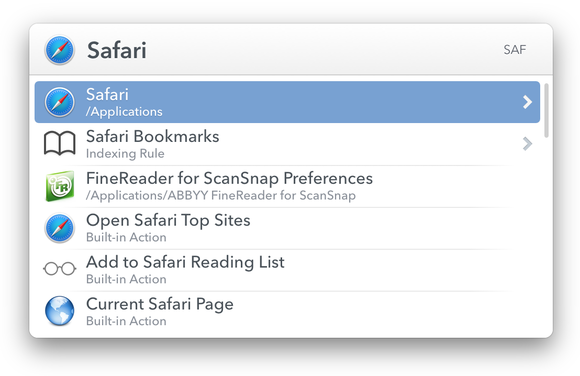

If, instead of Chip, you see an item labeled Processor followed by the processor’s name, then this means that your Mac has an Intel processing unit.ĭepending on what the processor of your Mac is, follow either of the two sets of instructions listed below. Now, if your Mac has an Apple Silicon processing unit, you will see an item in the Mac’s description that is labeled as Chip and next to it will be the name of the chip (for example, Apple M1). To see what your Mac’s processor is, select the Apple Menu and click on About This Mac. The method to start your Mac in Safe Mode varies depending on the type of processor that the machine has. To start your Mac in Safe Mode, first you need to figure out whether your Mac an Apple Silicon processor or an Intel processor. If the disturbances/irregularities persist, it is likely that your Mac has a hardware issue.Īlso, Safe Mode can greatly help with resolving detected software/system issues by keeping the software/process that causes them inactive so that it doesn’t interrupt your troubleshooting attempts. If the symptoms stops when the computer is in Safe Mode, the problem is likely software-related.
How to launch mac in safe mode software#
One additional effect of starting your Mac in Safe Mode would be that certain system cached data such as font and kernel caches would be deleted (those get created automatically when needed).Īs we already said, one of the best uses for Safe Mode is when you are experiencing a certain problem with your Mac and are trying to find out if that problem is software or hardware-related. When the computer is started with Safe Mode enabled, macOS will also perform a startup disk check that has a function similar to that of the startup check performed by the First Aid Disk Utility. Some examples of software that Safe Mode prevents from loading are non-essential startup/login items, different system extensions that macOS doesn’t need to function normally, third-party fonts, and more. Thus, enabling Safe Mode can help you determine the cause of a certain problem and/or help you troubleshoot it.

Safe Mode is a special mode on your Mac that doesn’t allow the computer to load non-essential processes on startup. What does it mean if the problem no longer occurs when in Safe Mode?.


Instructions for Macs with Apple Silicon processors.If you need more info on a black or blank screen error, see Troubleshoot black or blank screen errors.Īllow your device to fully restart. Select option 5 from the list or press F5 for Safe Mode with Networking. On the Choose an option screen, select Troubleshoot > Advanced options > Startup Settings > Restart.Īfter your device restarts, you'll see a list of options. Now that you are in winRE, you will follow these steps to take you to safe mode:
How to launch mac in safe mode windows#
When Windows restarts, hold down the power button for 10 seconds to turn off your device.Īllow your device to restart into Automatic Repair, and select Advanced options to enter winRE. On the first sign that Windows has started (for example, some devices show the manufacturer’s logo when restarting) hold down the power button for 10 seconds to turn off your device. Press the power button again to turn on your device. Hold down the power button for 10 seconds to turn off your device. To do this, you will repeatedly turn your device off, then on: Note: If you’ve encrypted your device, you’ll need your BitLocker key to start in safe mode.īefore you enter safe mode, you need to enter the Windows Recovery Environment (winRE).


 0 kommentar(er)
0 kommentar(er)
